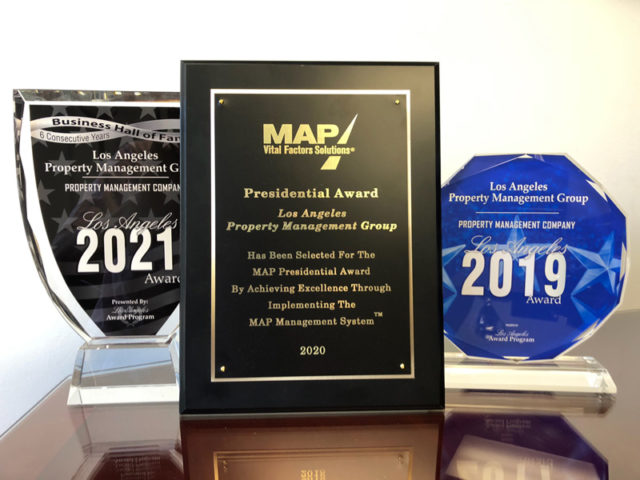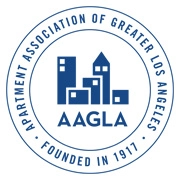
Aging in place is becoming an essential consideration for many, especially as the population ages. It refers to the ability of people to live in their own homes and communities safely, independently, and comfortably, regardless of age, income, or ability level. Implementing effective strategies for aging-in-place in rental properties presents unique challenges. Many older adults prefer to stay in their homes for as long as possible, but rental properties are not always designed with aging needs in mind. Recognizing the importance of this issue, Los Angeles Property Management Group, actively supports modifications and accommodations that facilitate aging-in-place for tenants. This article aims to outline practical and effective solutions, making it a relevant and useful resource for both renters and landlords.
Understanding Aging-in-Place
Before touching upon the strategies for aging-in-place in rental properties, we need to understand what they are. Seniors living in their own homes tend to have better health outcomes, are happier, and have greater independence and dignity. The challenges, however, are real. Many rental properties lack basic features that can make living independently a challenge for older adults. These might include safe bathrooms, accessible entrances, and user-friendly kitchens. Despite these obstacles, there are ways to overcome them, making aging-in-place a viable option for many.
Choosing the Right Rental for Seniors
Selecting the right rental property is crucial for seniors planning to age in place. It involves finding a home that not only meets their current needs but also can adapt to changing mobility and health requirements. Key considerations include location, proximity to healthcare services, and the property layout, ideally with minimal stairs and accessible features.
Additionally, the rental community should offer supportive services, like maintenance and security, which contribute to a safe and comfortable living environment for seniors. In this important decision-making process, Family Affair Moving Southern California stands out as a trusted partner. As a knowledgeable and experienced moving company, they have been serving the Southern California region for many years, specializing in making every move, regardless of the customer’s age, a smooth transition. With a commitment to attention to detail and customer satisfaction, Family Affair Moving ensures seniors can relocate to their chosen rental with ease and confidence, supported by a team of movers in Orange County or Los Angeles County dedicated to excellence.
Legal Framework and Rights
Now, it’s crucial to know the legal side of things. Renters have rights, and there are laws in place to support aging-in-place. For instance, the Fair Housing Amendments Act in the U.S. requires landlords to make reasonable accommodations for tenants with disabilities, which can include aging-related needs. This legislation is a powerful tool for tenants, but many are unaware of their rights under these laws. Education on this topic can empower renters to request necessary modifications from their landlords.
Communication Strategies
Then, we get to talking it out. Open communication between renters and landlords is vital. It’s essential for tenants to express their needs clearly and for landlords to listen and understand the importance of these modifications. For example, someone looking to live in a one-bedroom or two-bedroom apartment may need to discuss potential changes to make the space more accessible as they age. This dialogue is about making a space livable and respecting the tenant’s right to a home that supports their well-being and independence.
Practical Modifications for Aging-in-Place
Implementing practical modifications can significantly improve the safety and accessibility of rental properties for aging tenants. These changes enhance the quality of life for older adults and increase the property’s appeal to a wider range of potential renters. Below, we explore some effective strategies for aging-in-place in rental properties, incorporating modifications that address the most common needs.
When considering aging-in-place, simple modifications can make a big difference. Here are several key adjustments that can help create a safer and more accessible living environment:
- Grab Bars: Installing these in bathrooms and along hallways can prevent falls.
- Improved Lighting: Brighter, more accessible lighting options can reduce the risk of accidents, especially in entryways, staircases, and kitchens.
- Non-Slip Flooring: Replacing or covering slick surfaces with non-slip materials can significantly reduce fall risks.
- Accessible Door Handles: Lever-style handles are easier for people with limited hand strength than traditional doorknobs.
- Shower Seats and Walk-in Tubs: These can make bathing safer and more accessible.
- Ramps and No-step Entries: These modifications ensure easier access for those with mobility issues.
Financial Considerations
The cost of modifications for aging-in-place can be a concern for both renters and landlords. However, there are several resources available to help offset these expenses:
- Government Grants and Loans: Some programs offer financial assistance for home modifications related to aging.
- Insurance: Certain insurance policies may cover medically necessary modifications.
- Tax Incentives: Tax deductions may be available for home improvements made for medical reasons.
Renters might also consider downsizing deliberately as a way to manage their space more effectively. This strategy can free up space and reduce overall living expenses. It’s a practical approach for those who find their space tighter than needed or challenging to navigate.
Building a Support Network
Additionally, a strong support network is crucial for successfully aging in place. After all, moving as a senior is challenging as it is, so being able to rely on the support of your friends and loved ones is vital. This network can include family, friends, healthcare providers, and community services. Access to transportation, grocery delivery, and in-home care services can significantly impact the ability of older adults to live independently and safely.
For Landlords: Supporting Aging Tenants
Landlords are very important in this whole process. By understanding the needs of aging tenants and being open to reasonable modifications, landlords can create a more inclusive and supportive environment. Furthermore, familiarizing themselves with interior design styles for small apartments can help landlords offer attractive and functional living spaces that meet the needs of aging tenants. Simple changes in layout and design can enhance accessibility and safety, making the property more appealing to a broader audience.
These Strategies for Aging-in-Place in Rental Properties Will Make Life Easier
Adopting strategies for aging-in-place in rental properties requires a collaborative effort between renters and landlords. It’s possible to create living environments that effectively support aging in place. These efforts benefit older adults and contribute to a more inclusive and accommodating community. As we move forward, the emphasis on making rental properties accessible and safe for everyone becomes increasingly important, reflecting a broader commitment to dignity and independence for all, regardless of age.








